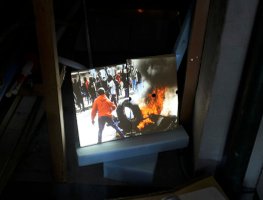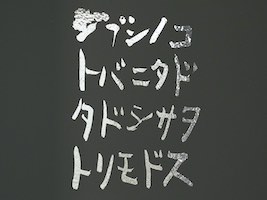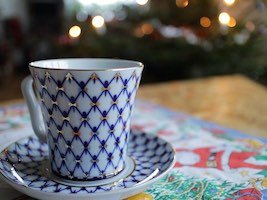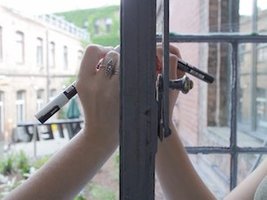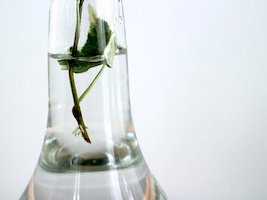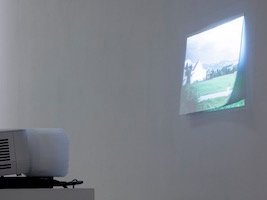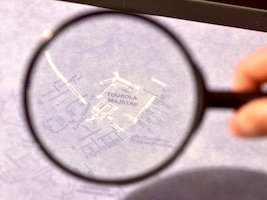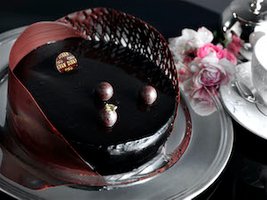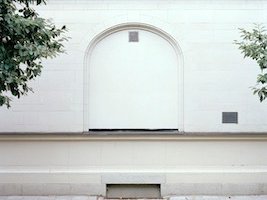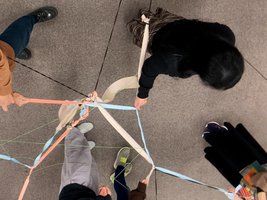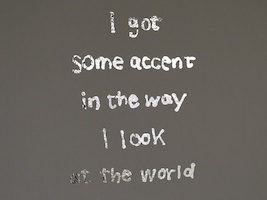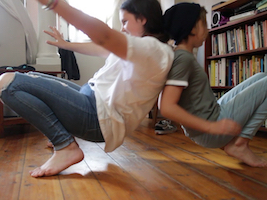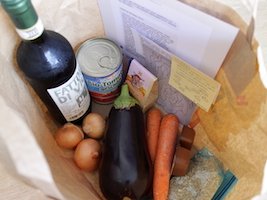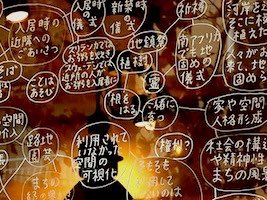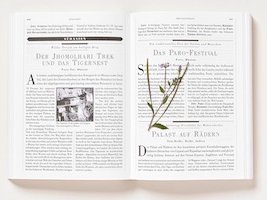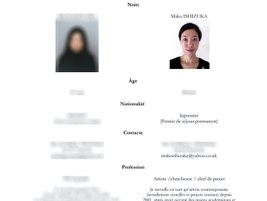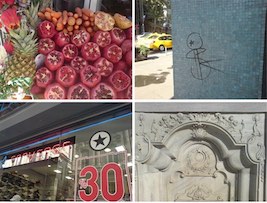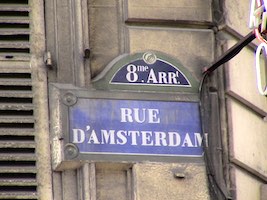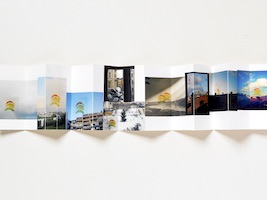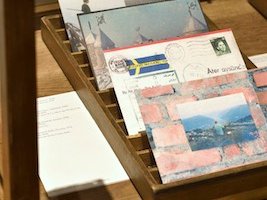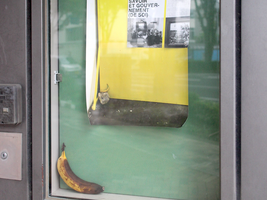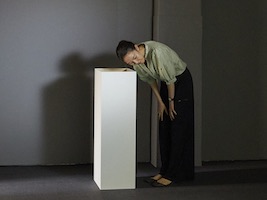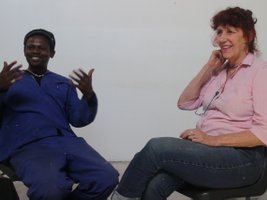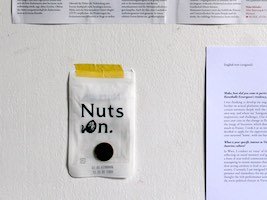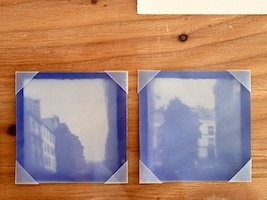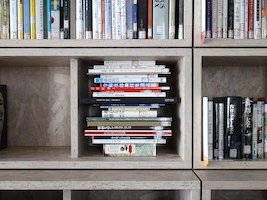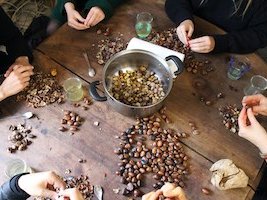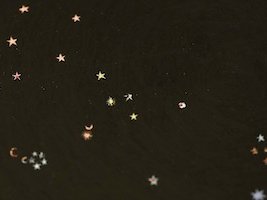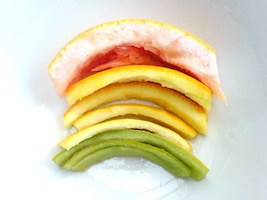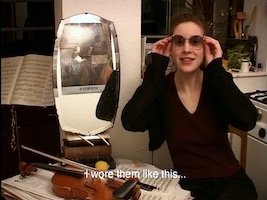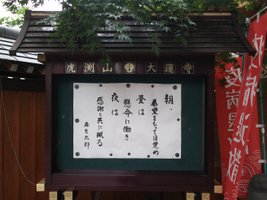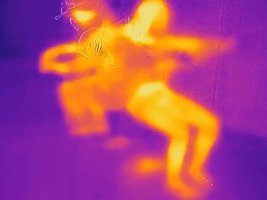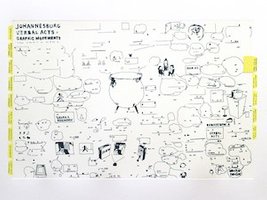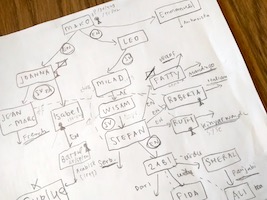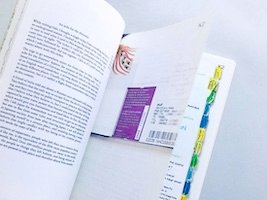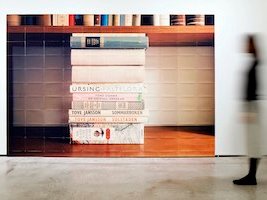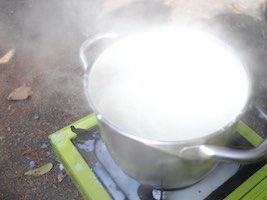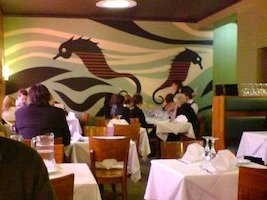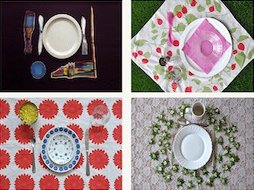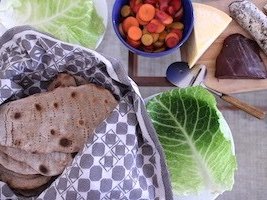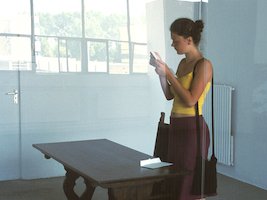Mako Ishizuka
Works (in English)
Practising Humanity
2020-2022, 'sketch' of installation
Recovering the Viridity in One's Own Language
2020, workshop + text installation
After-Ripening & Corruption
2020, essays
Duet of Lines (Side by Side)
2019, workshop + sound installation
Imagining (the Life on) the Other Side
2017, act + drawing installation
Pure Diffusion
2015-2016, social/urban intervention
Wind Ensemble (in four movements)
2013/2015, act + installation
Seeds of Circle
2014, social/urban intervention
an Old-World warbler dreams of the South. in Heosinki
2011, drawing / drawing installation
Rejected Cakes
2009-, project
The Locked Room
2007, installation
Knitting a Social Fabric
2021-2022, workshops
Shifting Mindset
2020, workshop + text installation
Graphic Movements
2019, workshops + installation
Second-hand Dinners
2019, project (connect/practice/distribute)
Inverse Perspective
2017, act + drawing installation
Smultronstället (evolution of value)
2016, triptych
Shared Persona
2015, social intervention
Stars & Crescents (solitary act in Istanbul)
2011-2012, act + installation
xxx (solitary act in Paris)
2010, act + installation
Under the Same Blue Sky
2009-, project
Post-Card project
2006-, project
Musa
(as representation of after-ripening & corruption)
2018-2022, installation
O-U
2020, act + dialect installation
Verbal Acts (Naming Trilogue),
2019, workshop + installation
(de)glossing 50 cent
2019, act + installation
Rubin's Vase & Independent Researches
2016, installation
Where my Wild Strawberries Grow
2014/2016, act + installation
Scratch
2014, social/urban intervention
Stars, Moons and Suns (pacific world)
2011-2012, drawing / drawing installation
a bird's view of the world. in Paris
2010, drawing / drawing installation
Rainbow after My Breakfast
2009, installation
She has her own story to tell
2006, installation
Graphic Movements (Lean on Me)
2020, installation + workshop
Verbal Acts & Graphic Movements
2019, silkscreen print
Viskleken (Whisper Game)
2018, social intervention
Collecting Distances
2015, artist's book
Bookshelf (or Beloved Equation)
2014-2015, act + installation
Convivial Ceremony
2014, social intervention
Following Paths (solitary act in Helsinki)
2011-2012, act + installation
Meeting You at the Table
2010-2011 relational public art project
Collective Acts #001-#010
2008-2014 social iterventions
(Open Letter)
2003, installation
